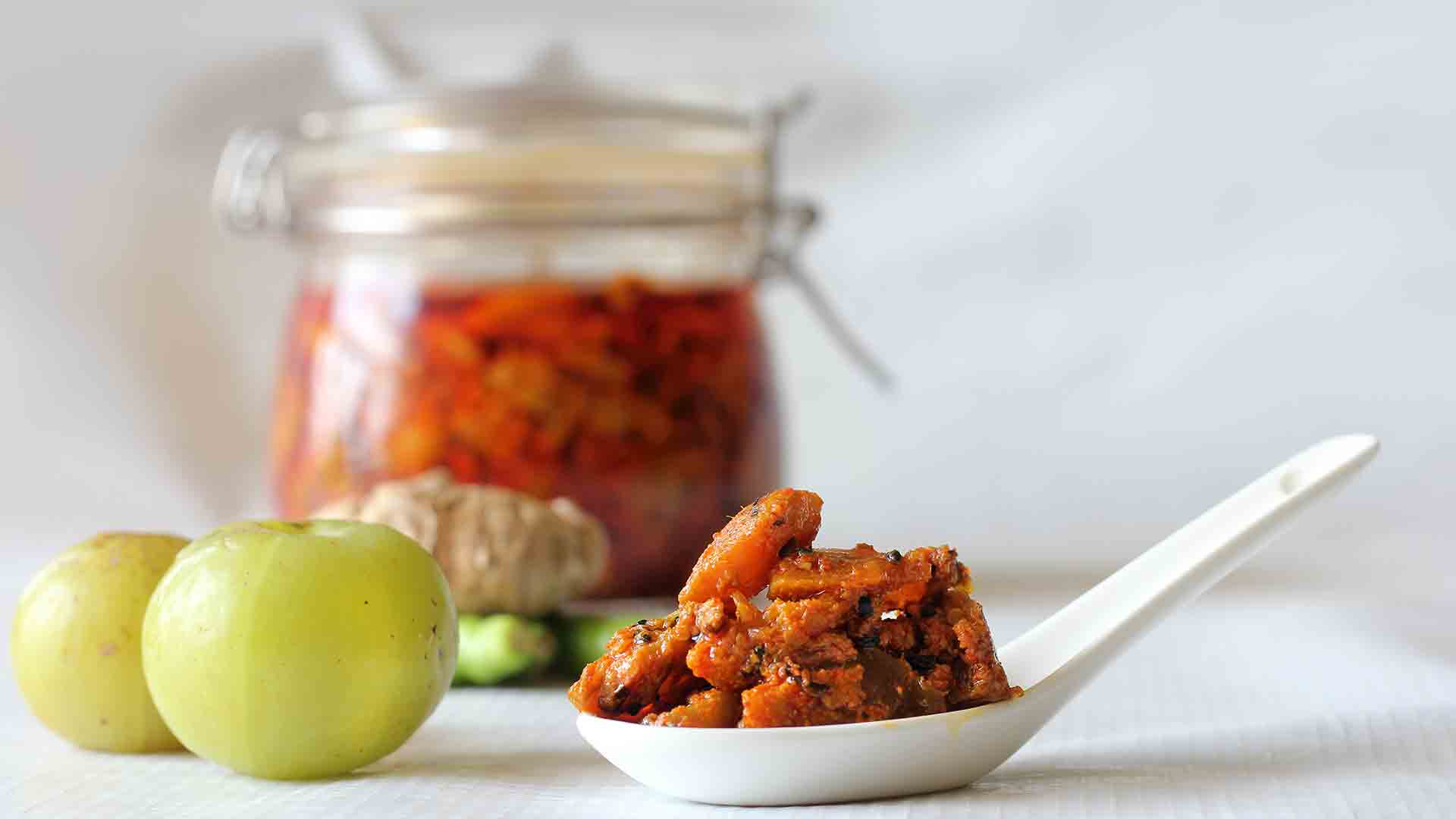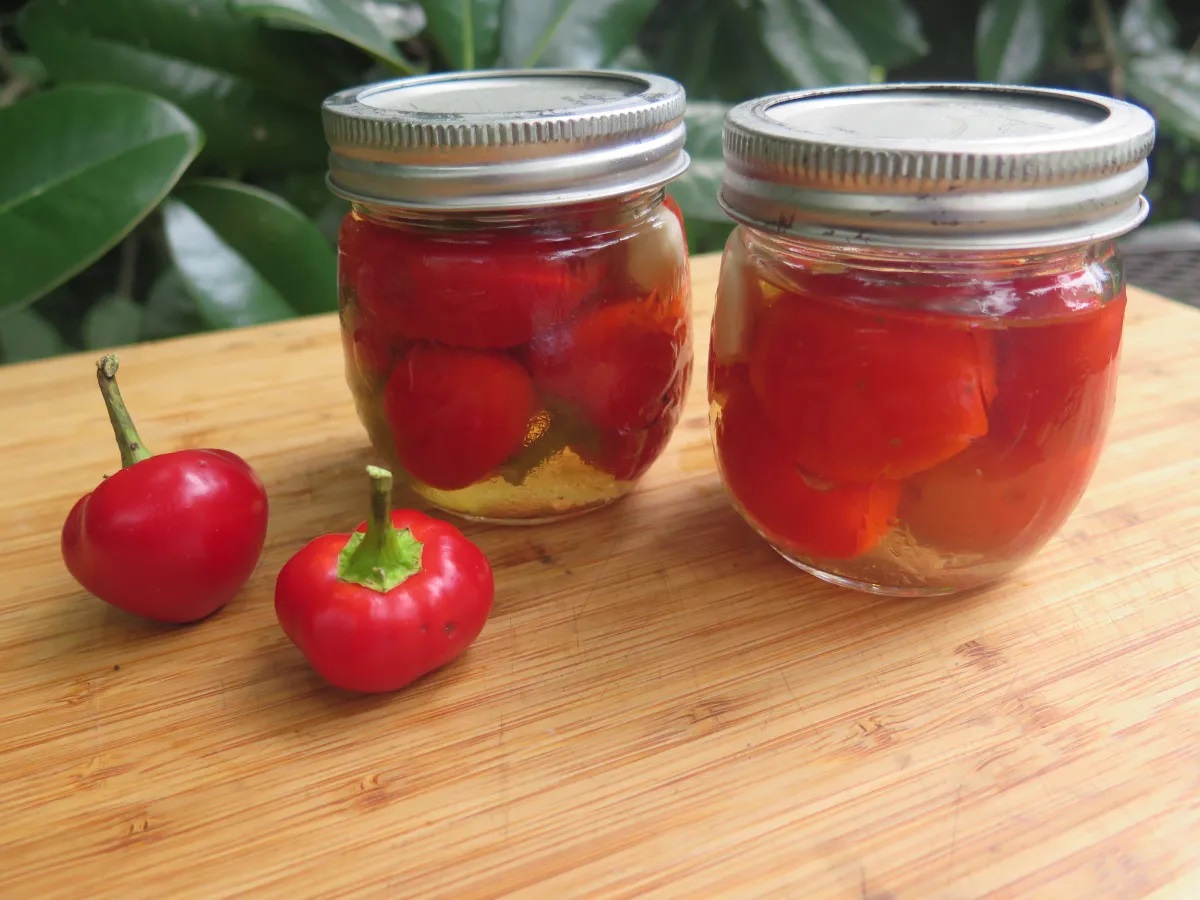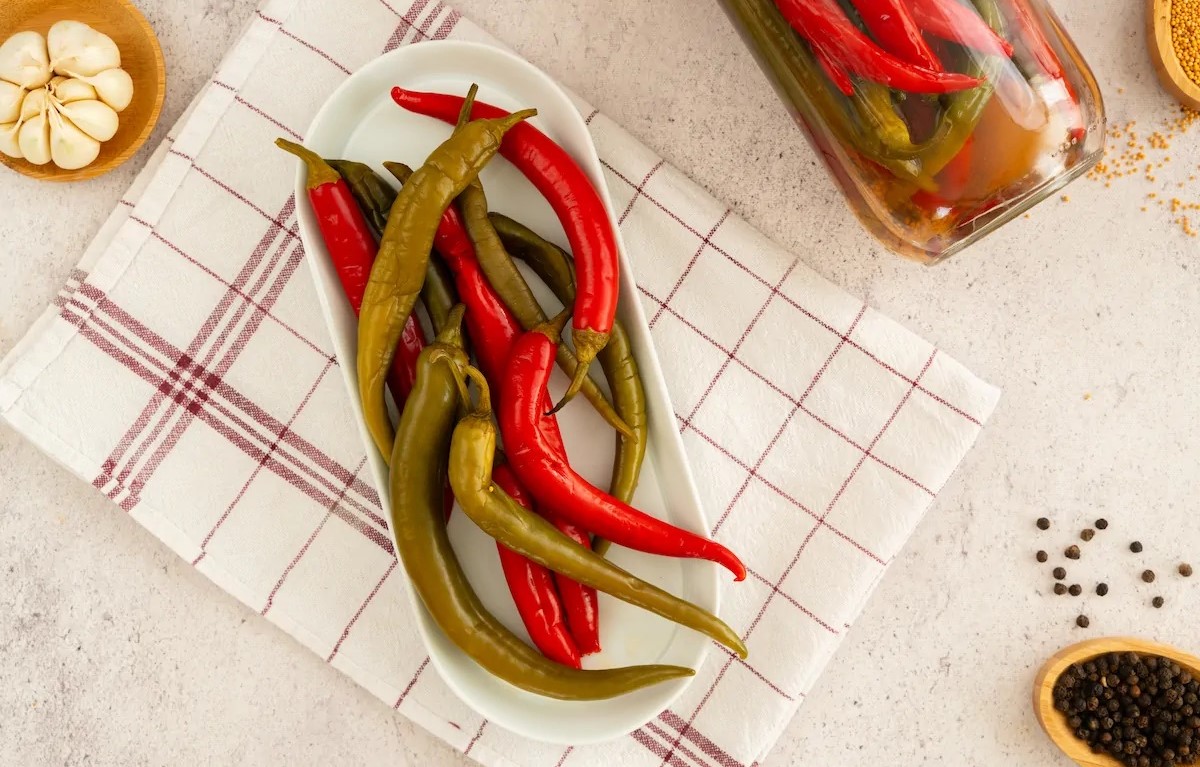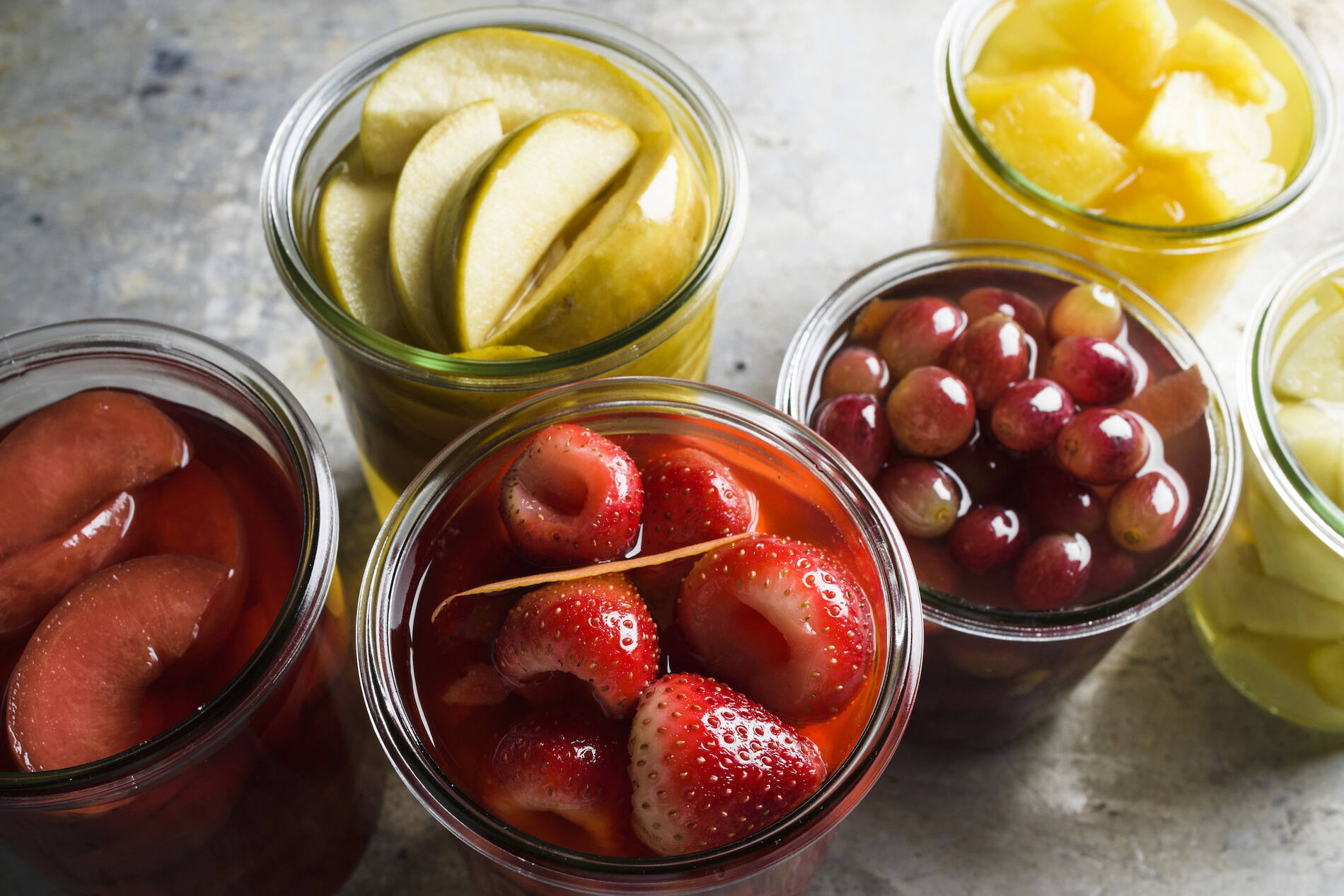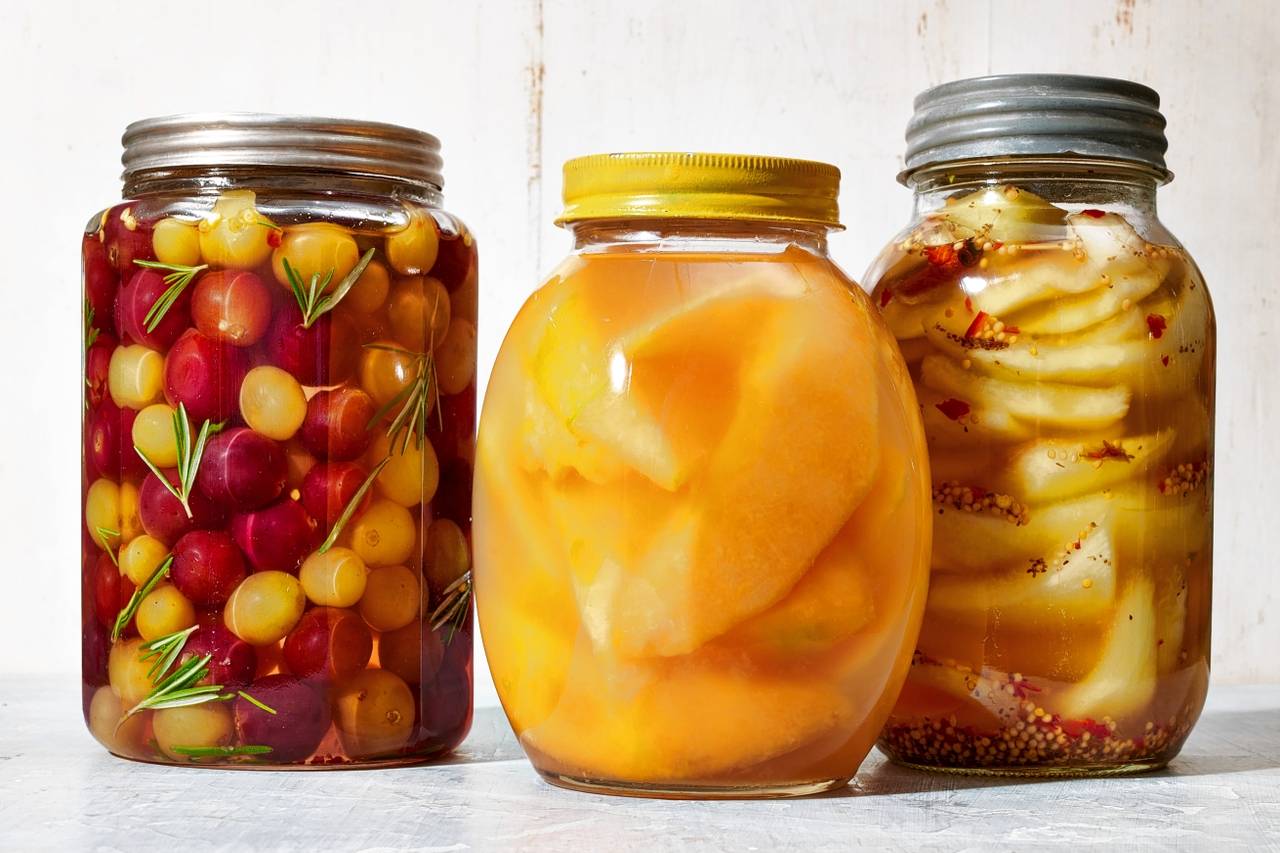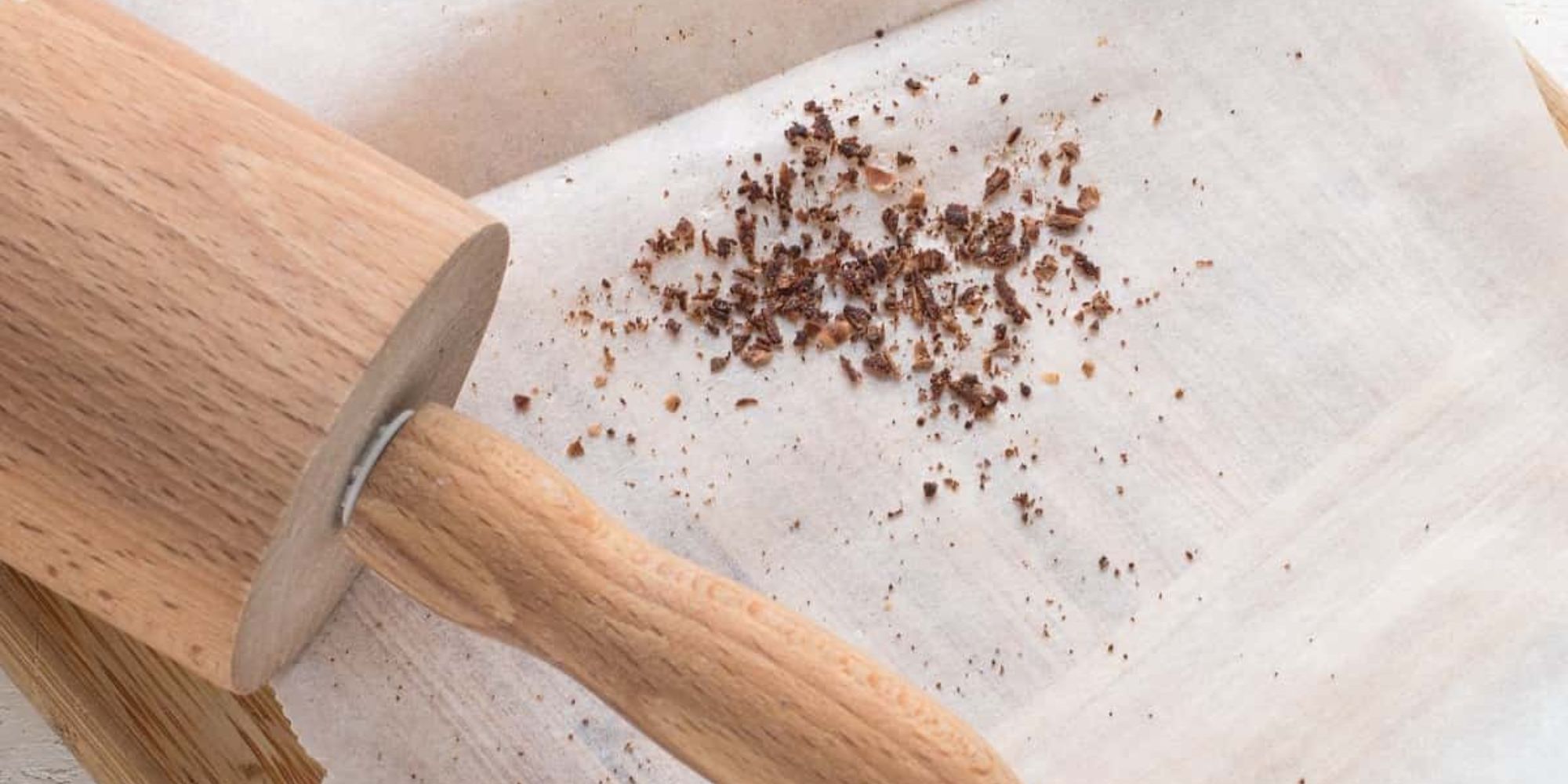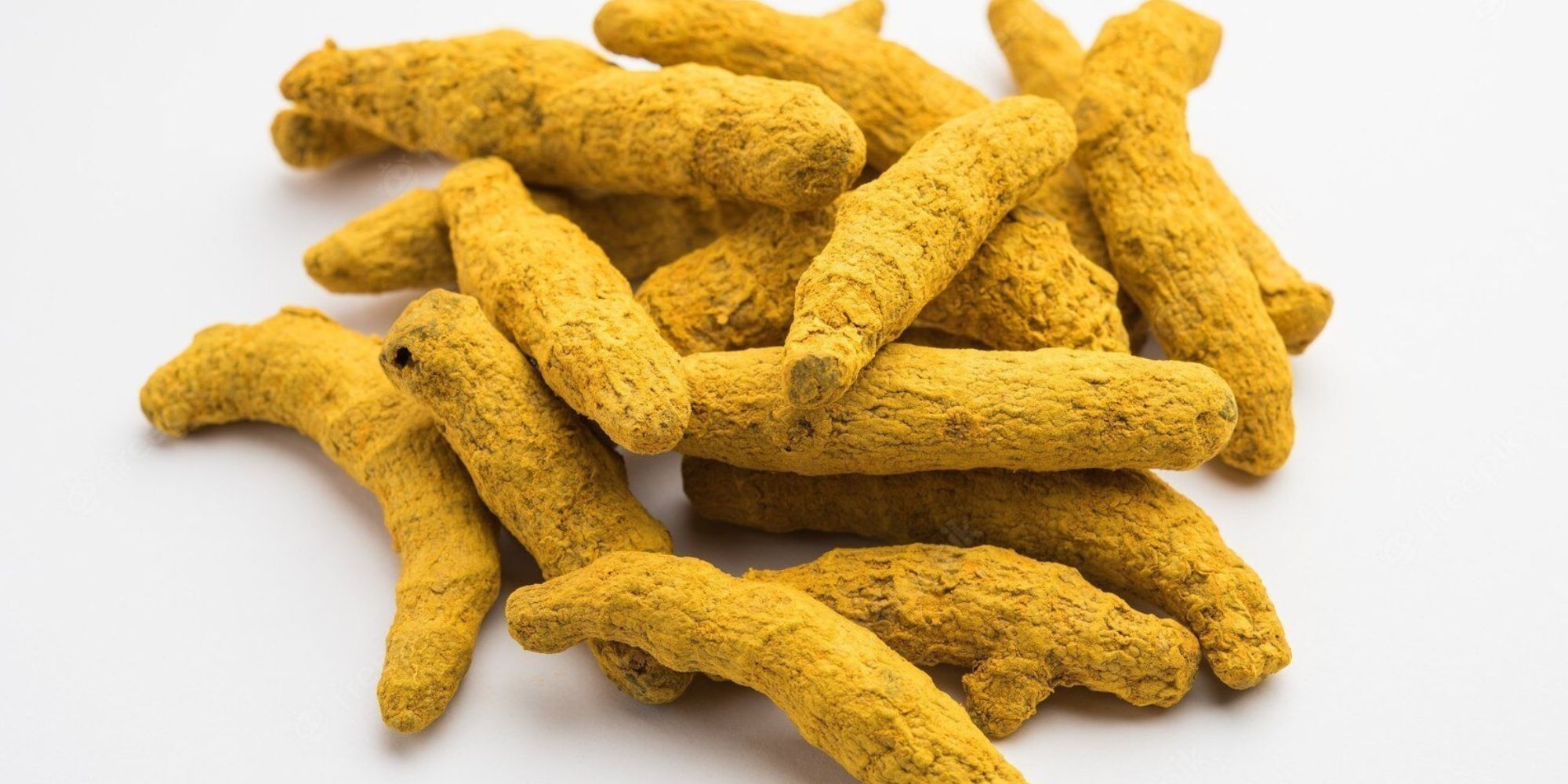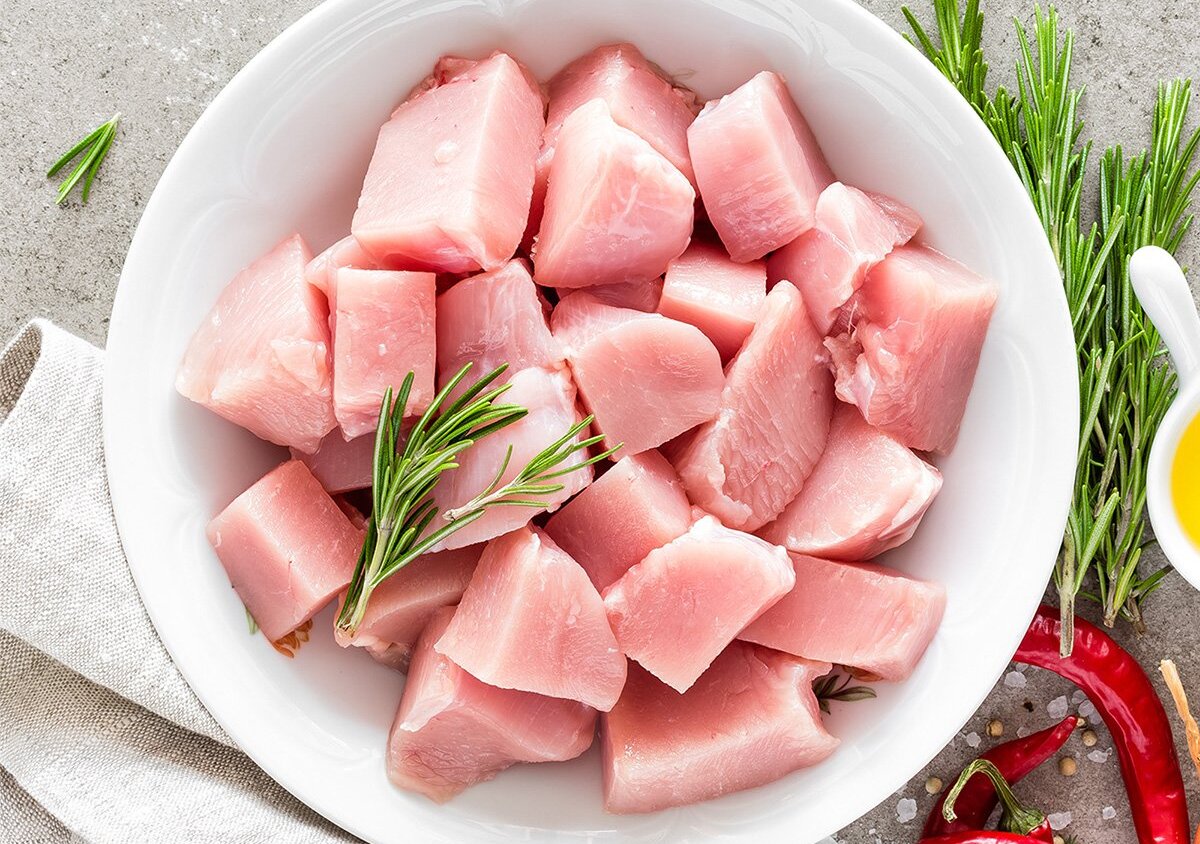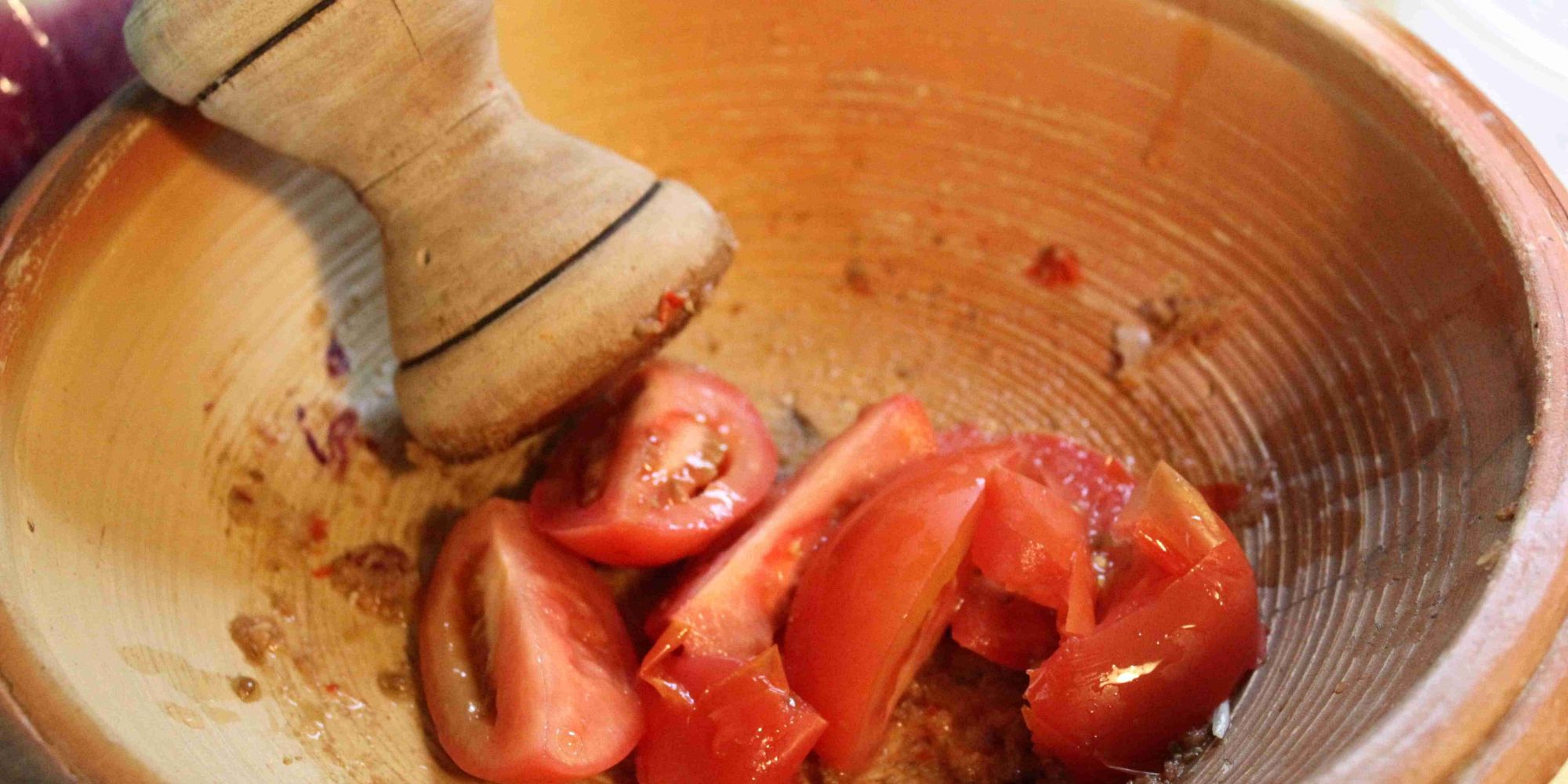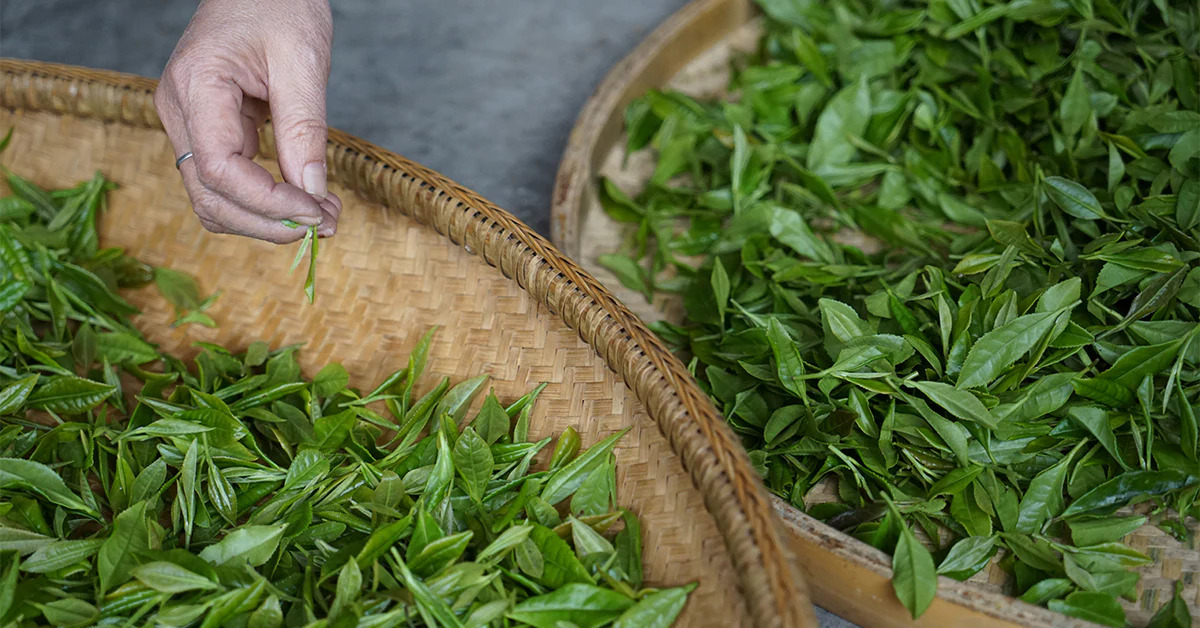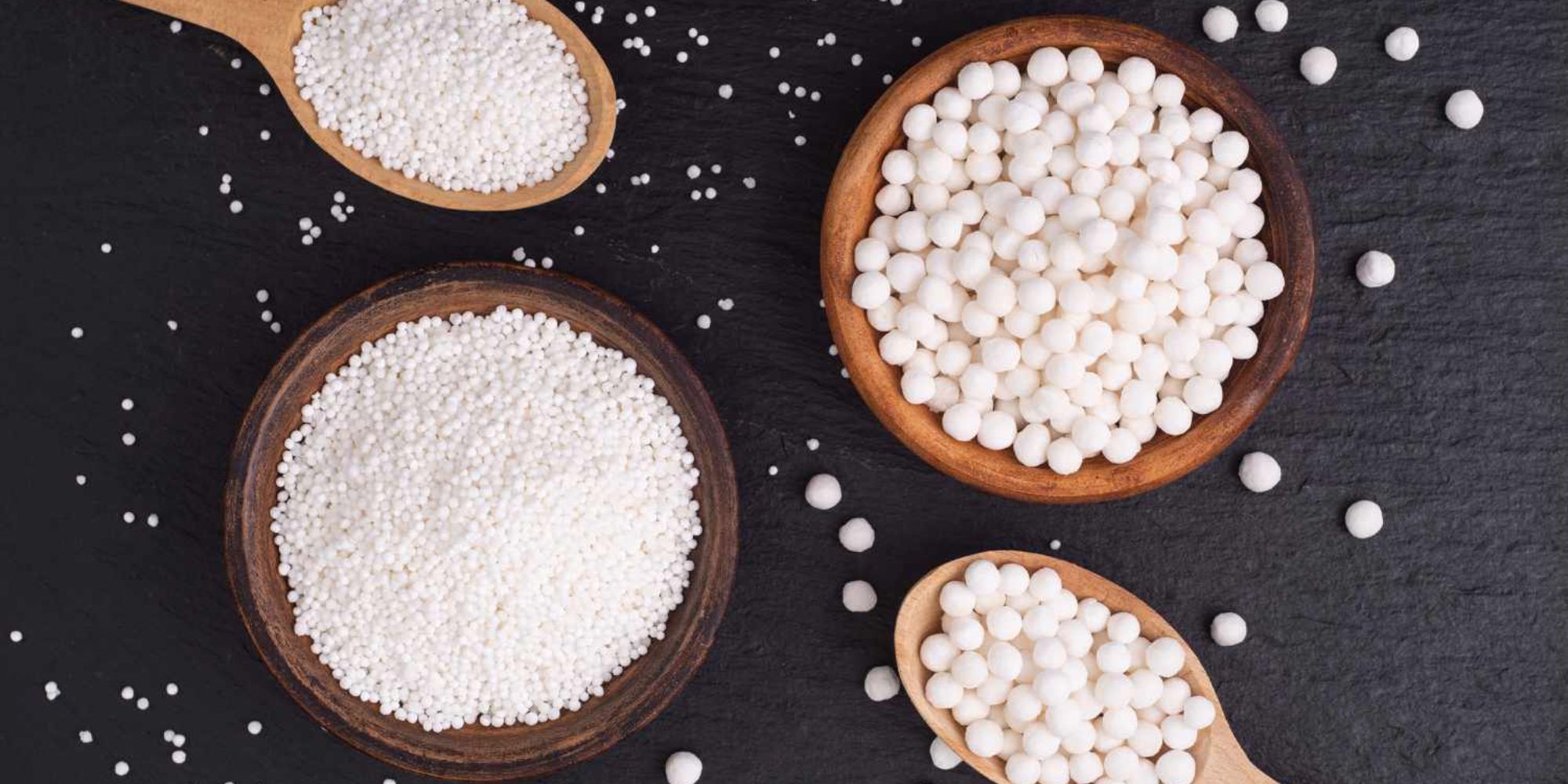Preserving Potatoes: A Guide to Pickling
When it comes to preserving vegetables, pickling is a time-honored tradition that can add a tangy and flavorful twist to your favorite foods. While pickling cucumbers and peppers may be more common, have you ever considered pickling potatoes? Pickled potatoes can be a delicious addition to salads, sandwiches, or enjoyed on their own as a tasty snack. In this guide, we’ll explore the process of pickling potatoes so you can enjoy this unique and flavorful treat at home.
Choosing the Right Potatoes
Not all potatoes are well-suited for pickling. When selecting potatoes for pickling, it’s important to choose waxy varieties such as Yukon Gold or red potatoes. These types of potatoes have a firmer texture and hold up well during the pickling process, resulting in a satisfying crunch when enjoyed.
Gathering Your Ingredients
Before you begin the pickling process, it’s essential to gather all the necessary ingredients. Here’s what you’ll need:
- Fresh waxy potatoes
- Vinegar
- Water
- Salt
- Sugar
- Garlic
- Herbs and spices of your choice
The Pickling Process
Now that you have your ingredients ready, it’s time to start pickling your potatoes. Follow these simple steps:
- Start by washing and scrubbing the potatoes to remove any dirt or debris. Then, slice the potatoes into uniform pieces to ensure even pickling.
- In a saucepan, combine vinegar, water, salt, sugar, and any herbs or spices you’d like to use. Bring the mixture to a boil, stirring until the salt and sugar are fully dissolved.
- Once the brine is ready, add the sliced potatoes to the saucepan and let them simmer for a few minutes until they are slightly tender but still firm.
- Next, transfer the potatoes and the brine into sterilized jars, making sure the potatoes are fully submerged in the liquid. Add a clove of garlic or any additional herbs or spices to each jar for extra flavor.
- Seal the jars and allow them to cool to room temperature before transferring them to the refrigerator.
Letting the Flavors Develop
After pickling the potatoes, it’s important to allow them time to develop their flavors. While you may be tempted to dig in right away, the potatoes will taste best if you let them sit in the refrigerator for at least a few days to a week. During this time, the potatoes will absorb the flavors of the brine, resulting in a delicious and tangy treat.
Enjoying Pickled Potatoes
Once your pickled potatoes have had time to develop their flavors, they are ready to be enjoyed. You can add them to salads for an extra zing, serve them alongside sandwiches, or simply enjoy them on their own as a flavorful snack. Get creative with how you incorporate pickled potatoes into your meals and discover the unique and delicious ways they can enhance your culinary creations.
Now that you have a better understanding of how to pickle potatoes, why not give it a try? With just a few simple ingredients and a bit of patience, you can create a delightful and versatile treat that will add a burst of flavor to your favorite dishes.
Readers looking to experiment with pickled potatoes will find a variety of exciting recipes to choose from. They can try the Pickled Potato Salad for a fresh and tangy twist on a classic dish. For a hearty lunch option, the Pickled Potato and Egg Sandwich offers a unique flavor combination. Those craving something different can enjoy Pickled Potato Tacos, which add a zesty kick to traditional tacos. For a light and refreshing meal, the Pickled Potato and Green Bean Salad is an excellent choice. If they want a creative appetizer, the Pickled Potato and Smoked Salmon Appetizer is sure to impress guests. Each of these recipes showcases the versatility and deliciousness of pickled potatoes, making them worth trying out.
Was this page helpful?
Read Next: How To Pickle Beets Without Sugar
